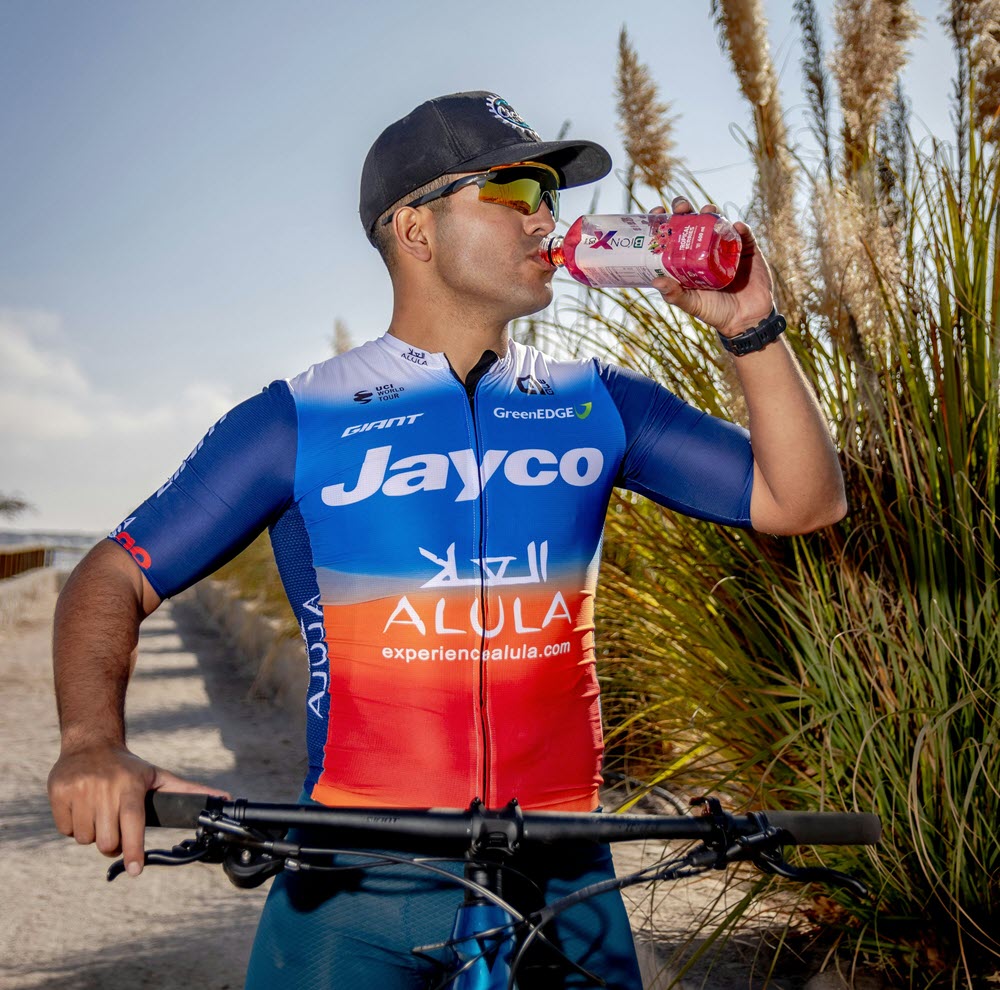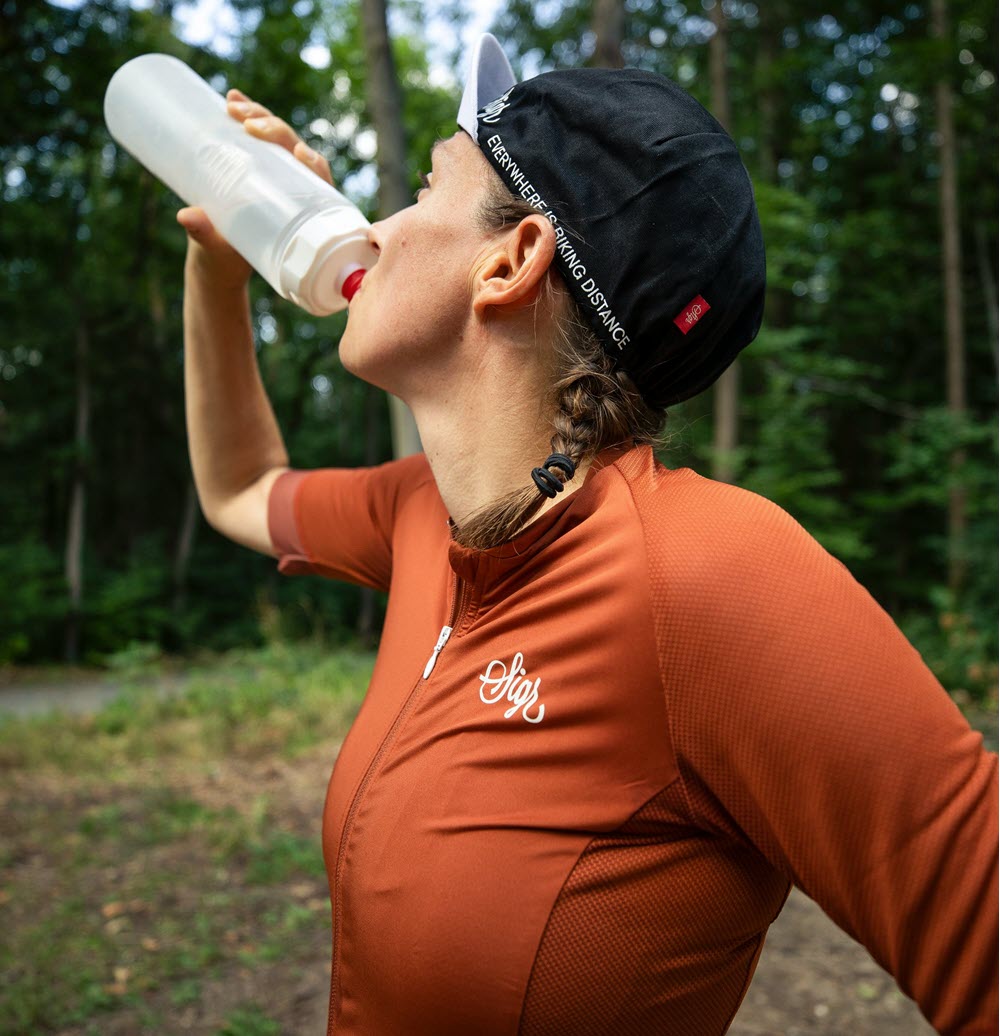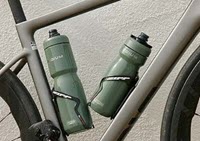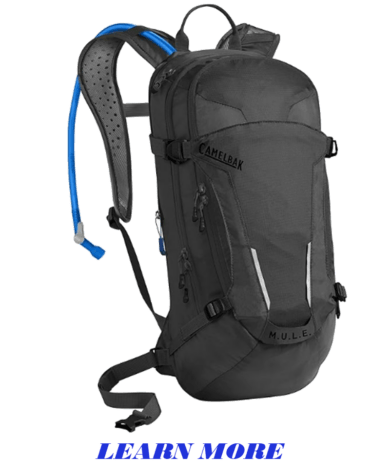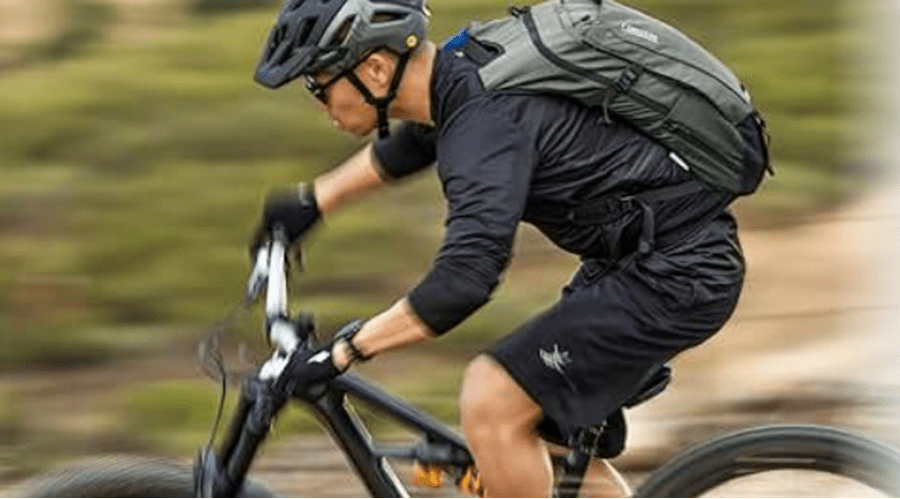Contents
Choosing Between Cycling Hydration Pack and Bottles
Understanding Cycling Hydration Needs in Hot Weather
Proper hydration stands as a cornerstone of cycling performance, particularly during hot weather rides when choosing between bottles and a cycling hydration pack becomes crucial. Cyclists can lose between 500-1000ml of fluid per hour through sweating, depending on temperature, humidity, and intensity. This fluid loss directly impacts power output, endurance, and cognitive function on the bike.
Scientific research shows that even a 2% decrease in body weight through dehydration can result in a 4-6% reduction in power output. For a cyclist averaging 200 watts, this means a potential drop of 8-12 watts – significant in both racing and training scenarios. Your choice of a cycling hydration pack or bottles can impact how effectively you maintain hydration levels.
Heat significantly increases your body’s fluid requirements while riding. When temperatures rise above 75°F (24°C), cyclists need to increase their fluid intake by approximately 12-16 ounces per hour. During intense riding, electrolyte replacement becomes crucial for maintaining proper muscle function and preventing cramping. Studies indicate that sodium losses can range from 500-2,000mg per hour during intense cycling.
Watch for early warning signs of dehydration while cycling: decreased power output, dark urine color, headaches, and reduced concentration. These symptoms can appear after losing just 2% of your body weight through fluid loss, making consistent hydration essential for both safety and performance.
Elite cyclists often monitor their hydration status through morning weigh-ins and urine color charts, adjusting their cycling hydration pack or bottle strategy accordingly.
Water Bottles: The Traditional Choice
Standard cycling water bottles typically range from 500ml to 750ml, with insulated options available from brands like Elite and Camelbak. Premium insulated bottles utilize double-wall construction with vacuum-sealed technology, keeping fluids cool for up to 4 hours in hot conditions. The Elite Fly Ice thermal bottle series stands out with its 4-hour cooling capability and lightweight design.
“Elite performance meets perfect grip: The ultimate cycling bottle for your fastest rides. Click here to upgrade your hydration game →”
Most road bikes accommodate two bottle cages, while mountain bikes might only fit one depending on frame geometry. Position your primary bottle on the down tube for easy access and optimal weight distribution. Carbon fiber cages from manufacturers like Elite or King Cage provide secure retention while minimizing weight. Arundel’s Mandible cage offers exceptional bottle retention for rough terrain.
Aerodynamic considerations become significant at speeds above 20mph. Testing shows that traditional round bottles create more drag than aero-shaped alternatives.
Specialized’s Purist series offers aerodynamic bottles that integrate seamlessly with frame designs. Wind tunnel testing indicates potential savings of 20-30 seconds over a 40km time trial using aero bottles compared to using a cycling hydration pack.
Regular cleaning of bottles prevents bacteria growth and extends longevity. Use bottle brushes and mild soap weekly, paying special attention to valve mechanisms and cap threads. For deep cleaning, use a mixture of warm water and baking soda monthly to eliminate any lingering odors or tastes.
Hydration Packs: The Modern Alternative
A cycling hydration pack typically carries between 1.5-3 liters of water, with models like the Osprey Raptor leading the category. The weight distribution across your back can actually improve stability during technical mountain biking sections. USWE’s bounce-free cycling hydration pack system offers a unique solution for aggressive riding styles.
Modern cycling hydration pack designs incorporate ventilation channels and moisture-wicking materials to minimize heat retention. Companies like Camelbak use their proprietary Air Director™ technology to maintain airflow between the pack and rider’s back. The Thule Vital series features a unique ventilation system that reduces back temperature by up to 20% compared to traditional designs.
Beyond hydration, these packs offer storage for tools, nutrition, and emergency gear. The Deuter Race EXP Air includes expandable compartments ideal for varying ride lengths and conditions. Most packs feature tool-specific pockets and organizing systems. The Evoc Pro series adds integrated back protection, making it ideal for aggressive trail riding.
Maintenance involves regular cleaning of the reservoir and drinking tube. Monthly treatment with cleaning tablets prevents mold growth. Replace bite valves annually to ensure optimal flow and prevent contamination. Quick-disconnect systems like those found on Hydrapak reservoirs simplify the cleaning process.
Comparing Key Factors for Different Types of Rides
For rides under two hours, traditional bottles usually suffice. However, for extended adventures, a cycling hydration pack proves invaluable. Ultra-distance cyclists often combine both systems for maximum capacity, particularly in events like the Trans America Bike Race or Paris-Brest-Paris.
Mountain bikers benefit more from hydration packs due to technical terrain and limited frame space for bottles. Road cyclists typically prefer bottles for their aerodynamic advantages and easy access during group rides. Gravel riders often split the difference, using both systems depending on route remoteness and duration.
Racing scenarios favor bottles for quick exchanges and reduced upper body restriction. Professional teams have perfected bottle hand-ups, which can be executed in seconds without significant speed loss. Recreational riders might appreciate the convenience of a cycling hydration pack, especially during exploratory rides where refill options are unknown.
Climate considerations play a crucial role. In hot, dry conditions, the increased capacity of a cycling hydration pack provides security. However, in humid environments, the additional back coverage might increase core temperature. Desert riding often requires both systems for maximum safety margin.
Making Your Choice: Practical Recommendations
Consider employing both systems based on ride specifics. Use bottles for shorter training rides and racing, while reserving your cycling hydration pack for longer adventures and technical trails. Many endurance riders use bottles as their primary system and a small hydration pack as backup.
Quality bottles cost $10-15 each, while premium cycling hydration packs range from $70-200. The Camelbak M.U.L.E. offers excellent value at around $115, providing 3L capacity and ample storage. For budget-conscious riders, the combination of two quality bottles ($30) and bottle cages ($40) provides a cost-effective starting point.
For race day, stick with familiar systems. Practice your hydration strategy during training rides to prevent surprises during competition. Position bottle cages or adjust pack straps for optimal accessibility. Some riders mark their bottles with hourly consumption targets to maintain consistent hydration.
Maximize either system by pre-chilling your fluids and using insulated options in hot weather. For bottles, freeze one partially for extended cooling. With packs, add ice directly to the reservoir for longer-lasting cold hydration. Adding electrolyte tablets rather than premixed solutions allows for better taste control and prevents sticky residue.
Remember, your choice between bottles and a cycling hydration pack should align with your riding style, duration, and conditions. Many cyclists maintain both options, selecting the appropriate system based on specific ride requirements. The best solution often combines both systems, adapting to the unique challenges of each riding situation.
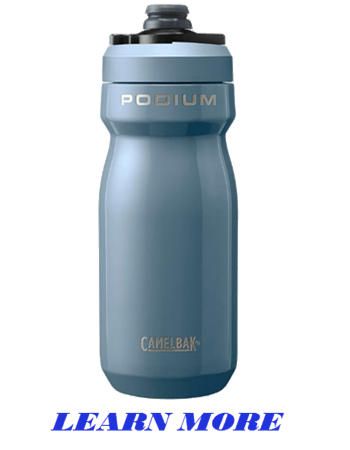 |
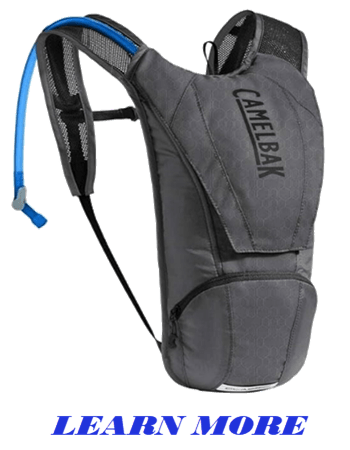 |
We earn from qualified Amazon purchases with NO cost to you. ANY item that you need or were going to purchased anyway through any of our links, helps support this site. Thank you for your support!
Visit our other website at classicjapanesebicycles.com for an extensive collection of timeless Japanese bikes and their unique stories. Plus, check out our YouTube channel, Bicycle Restoration Man, for detailed restoration videos and showcases of our finished projects. Subscribe and join our community of bike enthusiasts!


